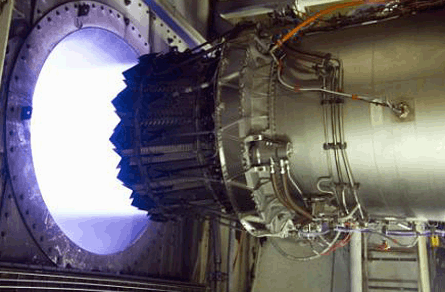US lawmakers have voted to cancel the General Electric/Rolls-Royce F136 engine, but the debate about the alternate engine for the Lockheed Martin F-35 fighter will resume in the Senate.
By a 233-198 margin, the House of Representatives passed an amendment removing about $500 million of funding for the F136. This had previously been added to the fiscal year 2011 appropriations bill over the objections of the Obama administration.
Both the White House and the Department of Defense have tried to cancel the F136 since 2006, but the programme's supporters in Congress kept the project alive.
The GE/R-R team has not conceded defeat, however. "While we are disappointed at the outcome, the debate to preserve the competition will continue," GE says.
 |
|---|
© Rolls-Royce |
The DoD requested funding for the F136 during the first five years of the F-35 development phase that started in 2001. Pratt & Whitney's F135 also was funded as the fighter's primary engine.
Both engines must be designed to be interchangeable, but GE claims the core of the F136 was enlarged by 25.4mm (1in) to accommodate greater thrust growth than originally expected.
P&W officials argue that the F135 has demonstrated 25% more power on a test stand than the engine specification requires, allowing Lockheed to consume more thrust from the propulsion system if required.
The Pentagon and GE also dispute the cost of continuing development for the alternate engine. The DoD claims that cancelling the F136 would save $3 billion, but GE estimates the figure is no greater than $1.8 billion.
On 14 February, Secretary of Defense Robert Gates said that the Pentagon has funded the F136 on a month-to-month basis as Congress continues to debate the future of the programme. Starting in March, however, the Pentagon will pursue all means to withdraw funding for the programme.
Source: Flight International























